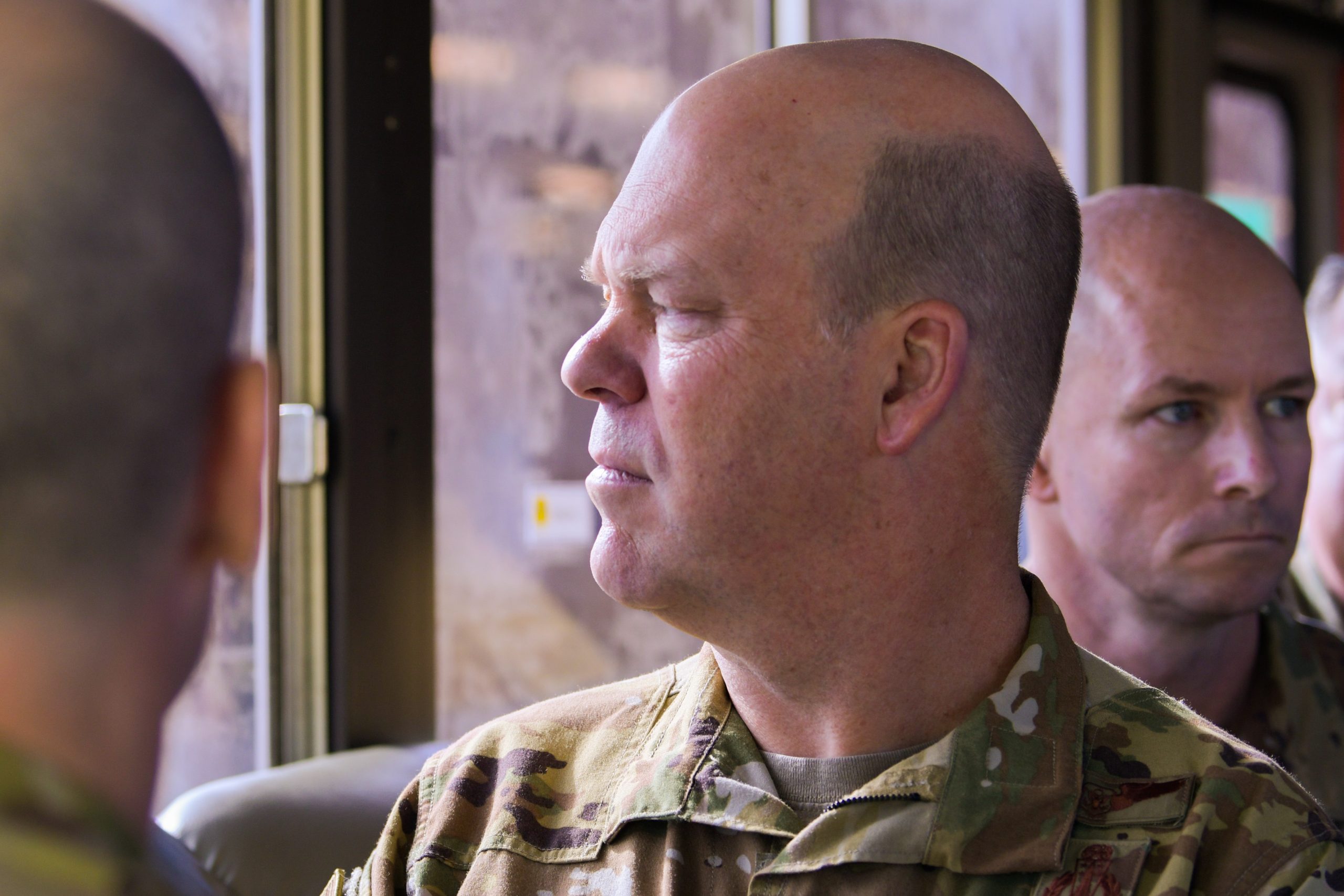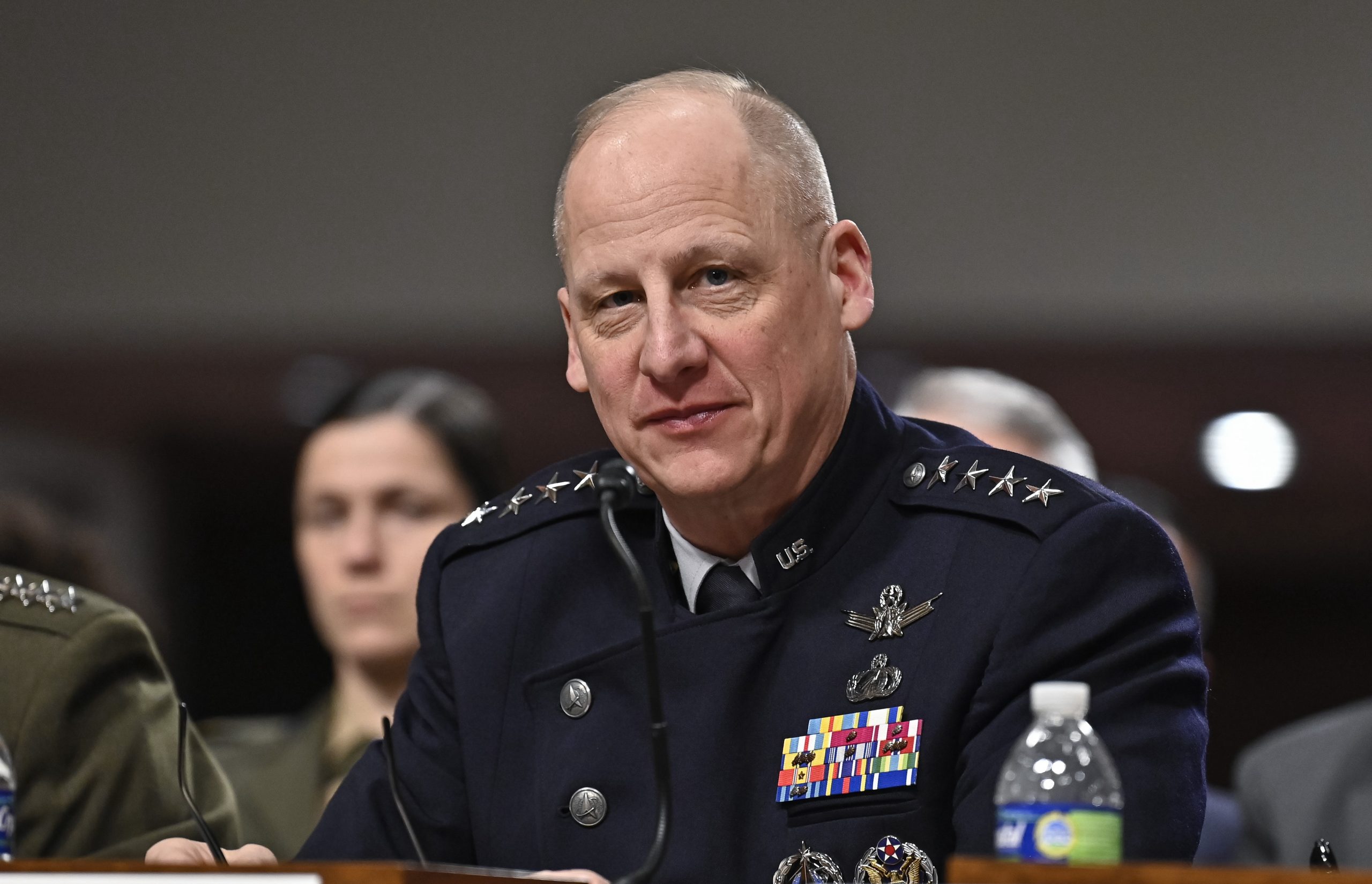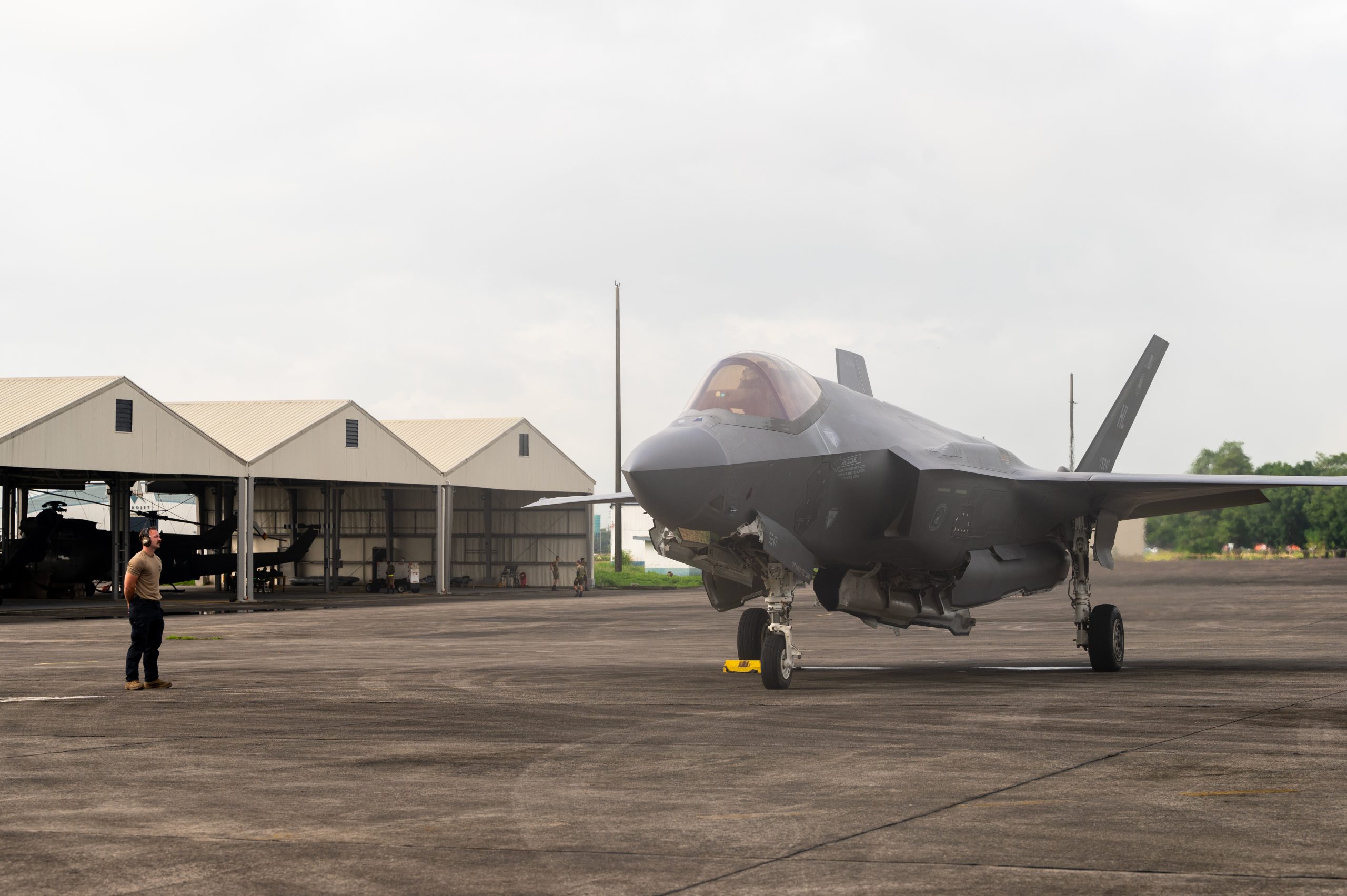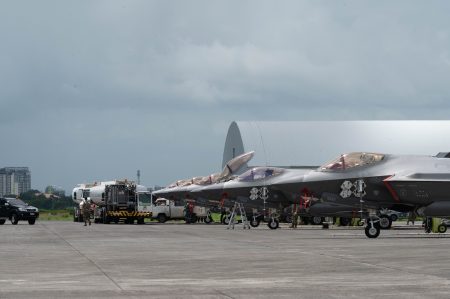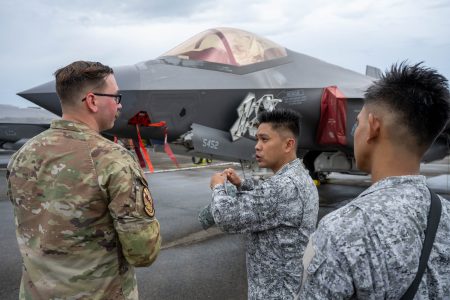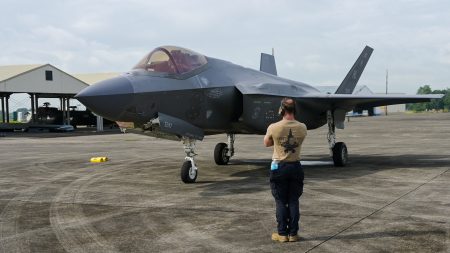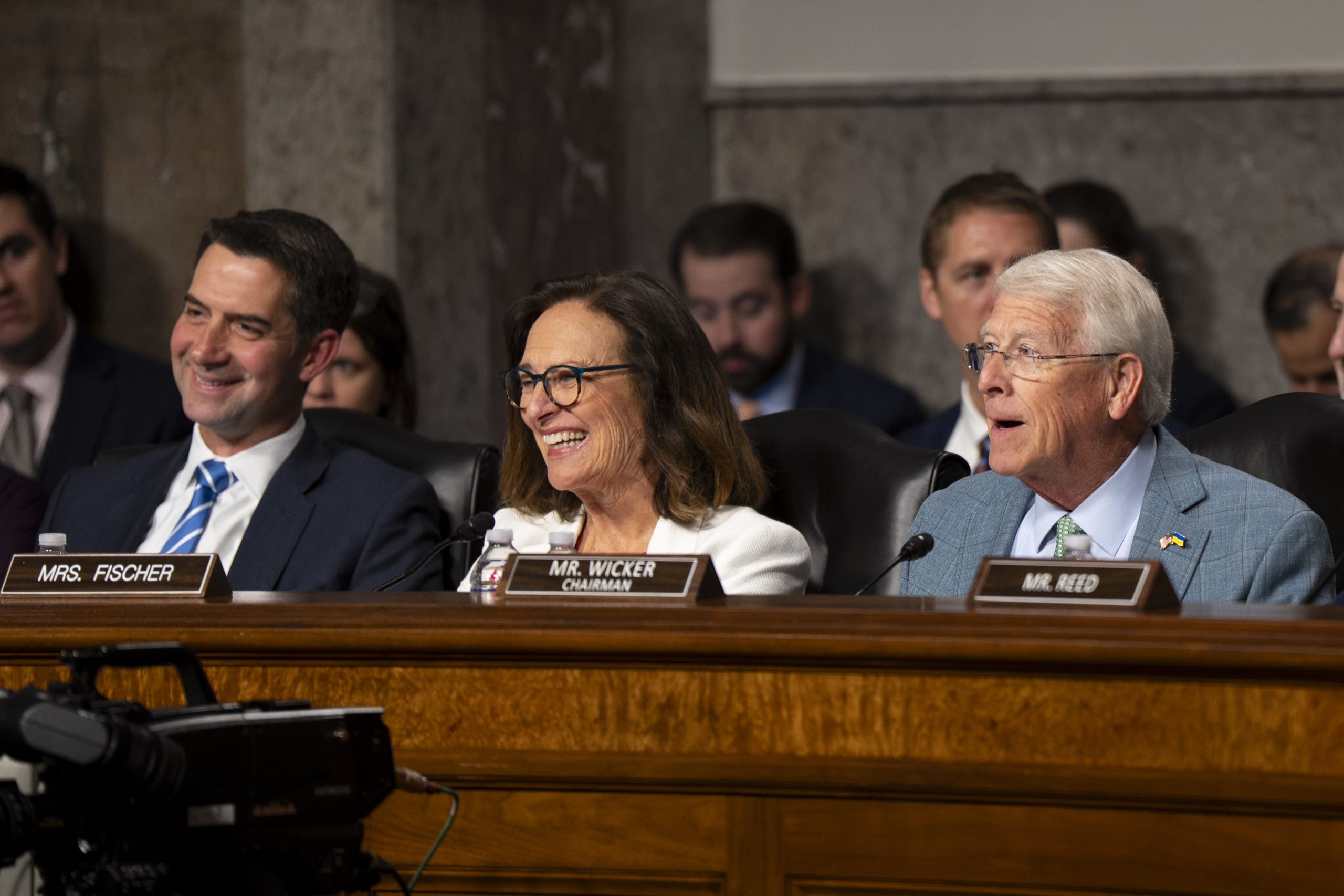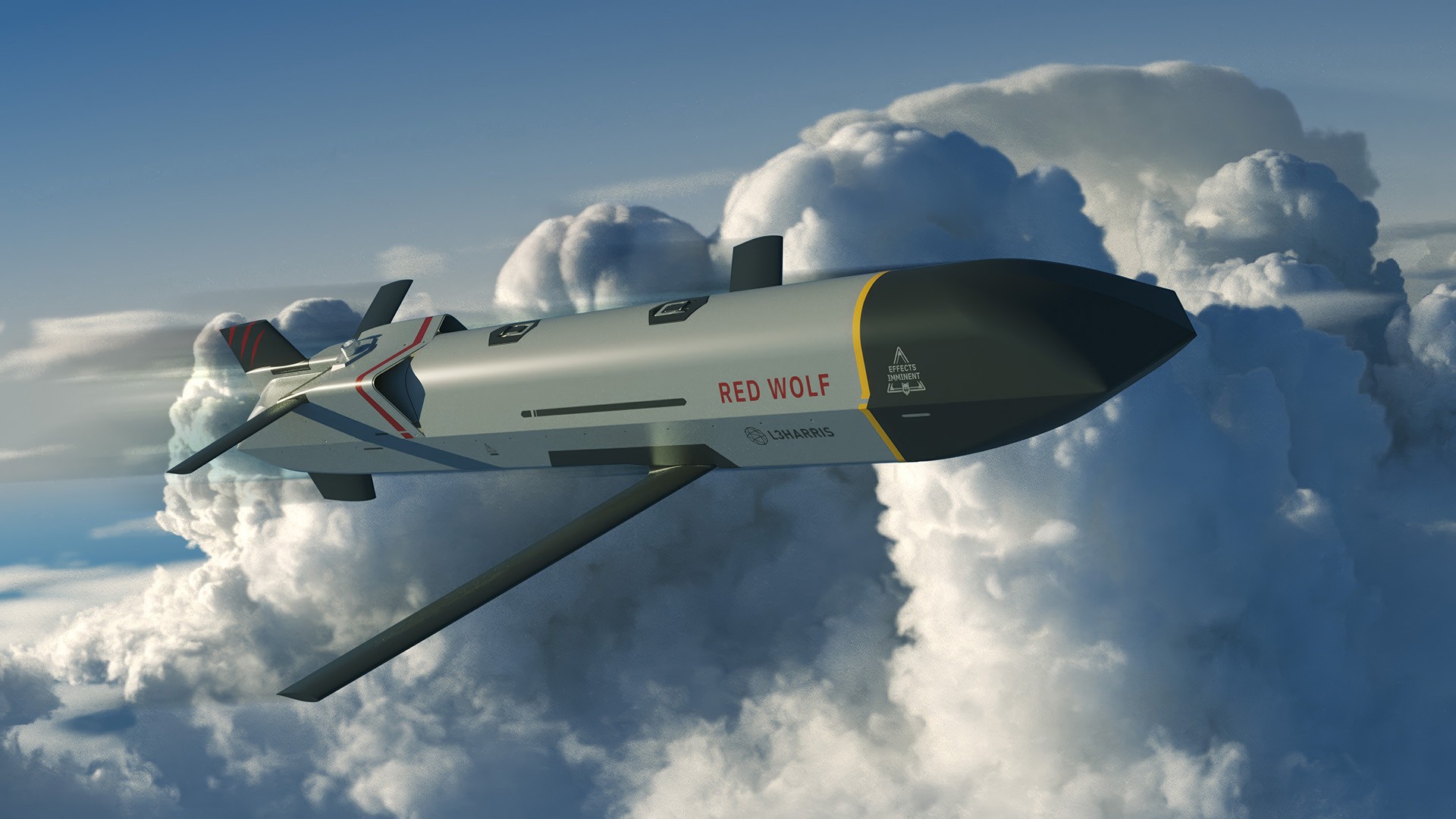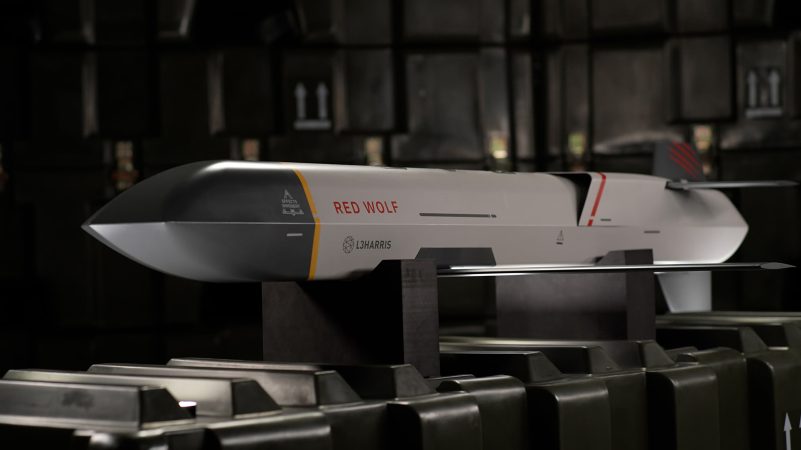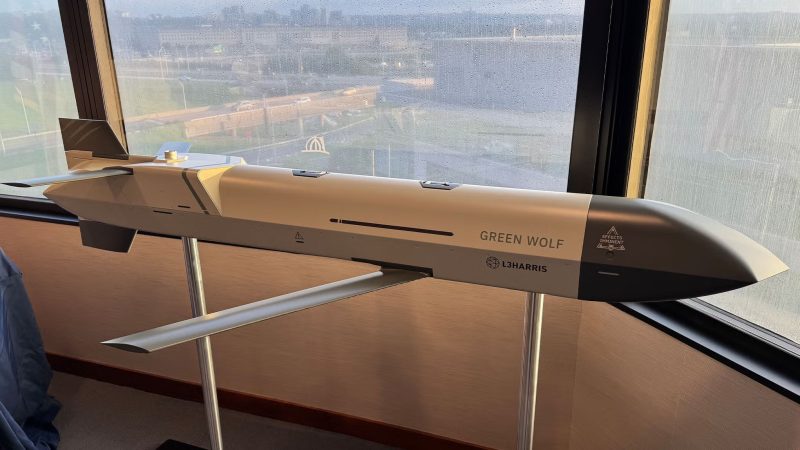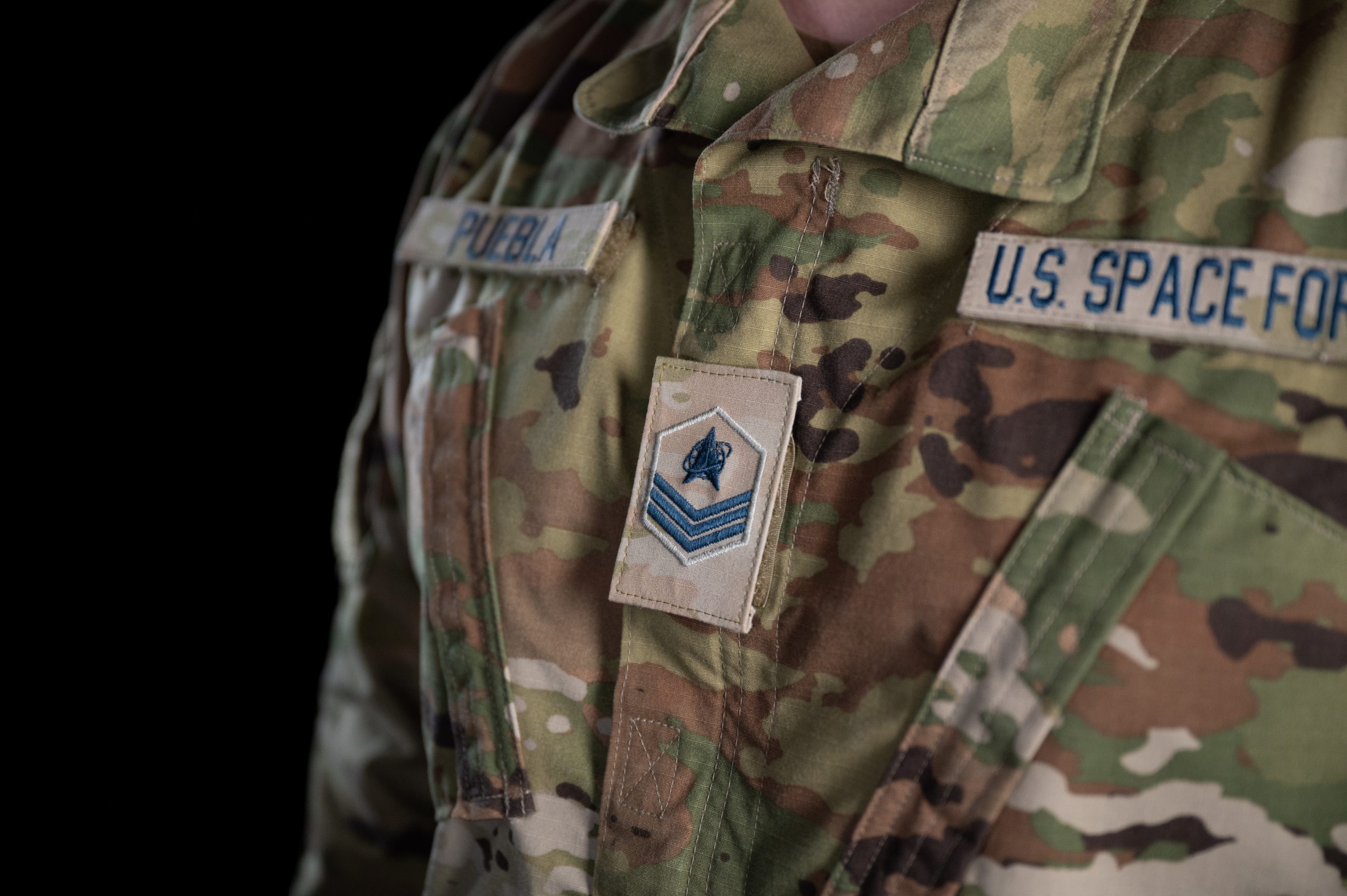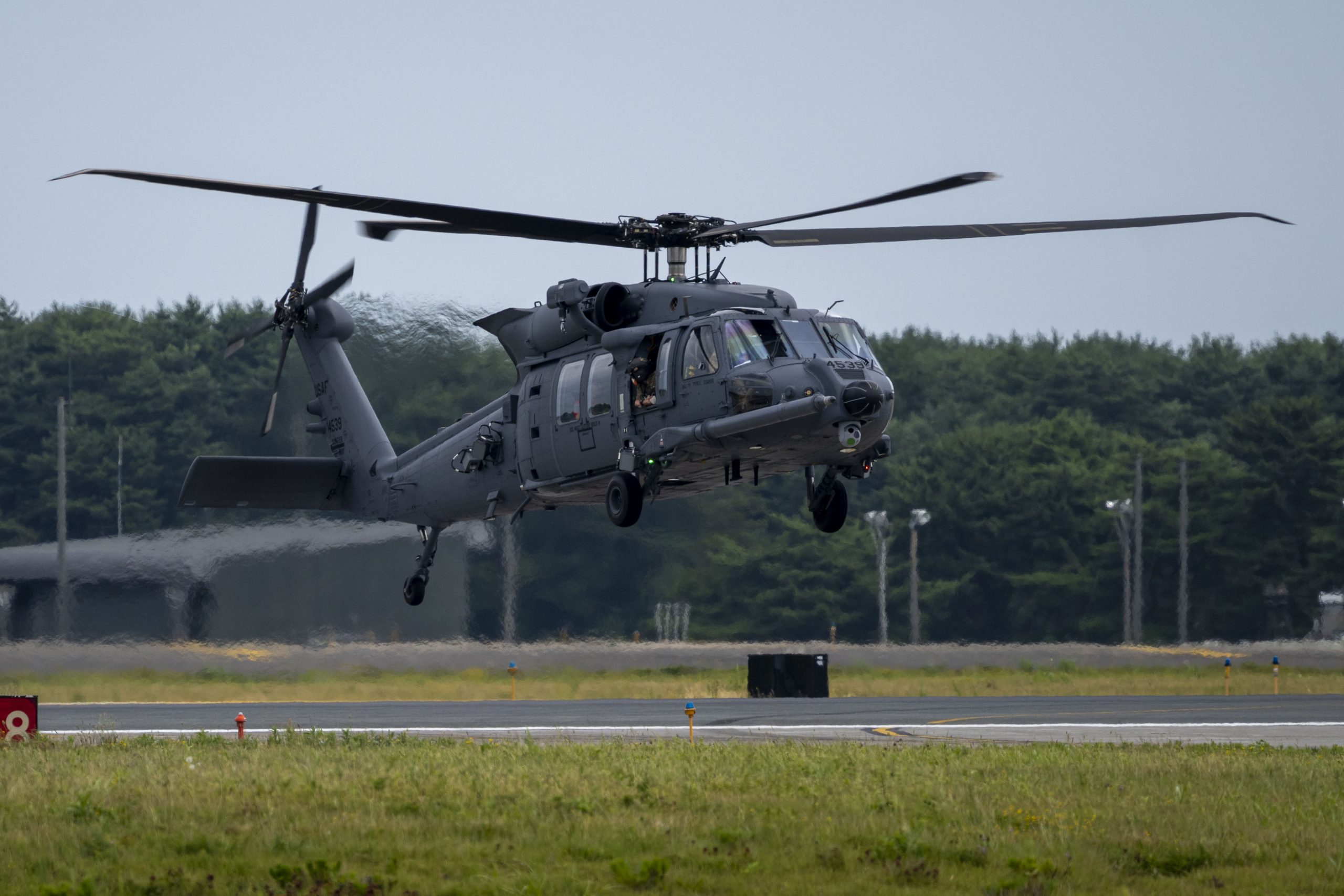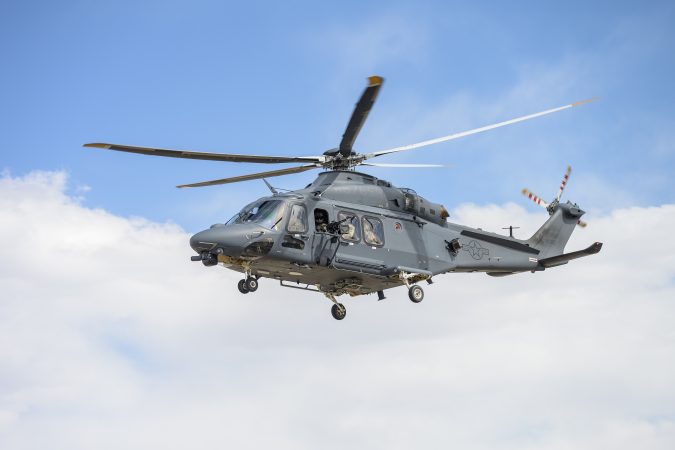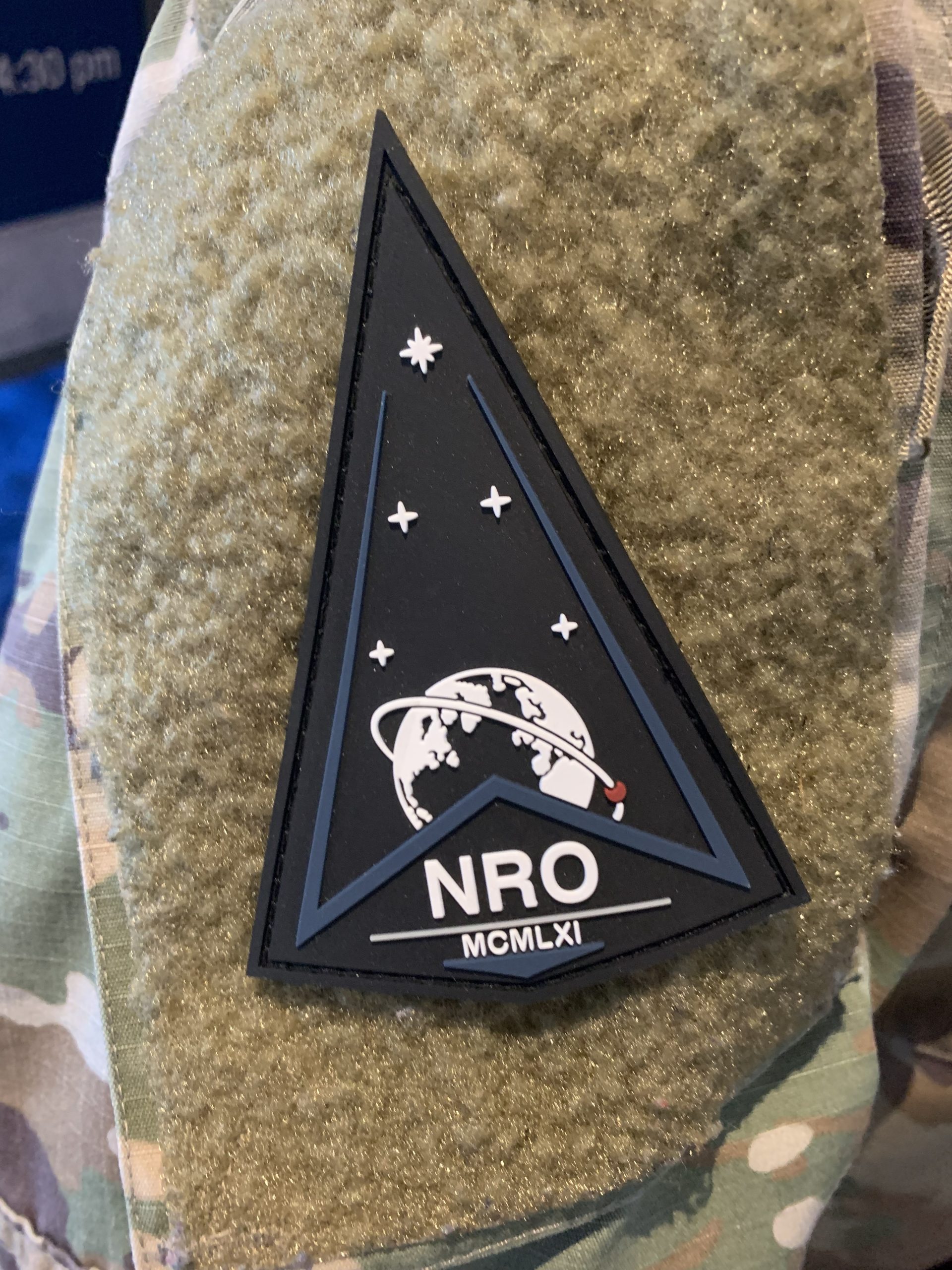Lt. Gen. Stephen L. Davis, the Department of the Air Force’s top internal watchdog, has been nominated to lead Air Force Global Strike Command, which oversees the service’s bombers and intercontinental ballistic missiles.
Meanwhile, the White House has nominated Lt. Gen. Andrew J. Gebara to move from his current job as deputy chief of staff for strategic deterrence and nuclear integration to become the Air Staff’s director of staff, and Brig. Gen. Max E. Pearson to skip a rank and become the three-star deputy chief of staff for intelligence.
The Pentagon announced the nominations July 18.
If confirmed, Davis would pin on a fourth star and succeed Gen. Thomas A. Bussiere, who was tapped to be the next Air Force vice chief of staff.
Davis is a missileer by trade, having spent time as a Minuteman III crew command and as vice commander and commander of missile wings. He has spent most of the past decade in various jobs at the Pentagon, broken up by a stint as director of global operations at U.S. Strategic Command.
He became Air Force inspector general in March 2022. In that role, he is responsible for overseeing independent investigations and inspections into specific complaints or queries. Perhaps most notably, Davis oversaw 2023 investigations into the unit of Airman 1st Class Jack Teixeira, who leaked national security information on Discord. That investigation determined there was a “culture of complacency” and lax security protocols within the unit, leading to disciplinary and other administrative actions against 15 Airmen.
The IG role has typically been a final stop in most officers’ careers—according to a review of former officals’ bios, the last Air Force IG to move on to another job was Lt. Gen. Bradley C. Hosmer in the early 1990s.
Davis, however, is being called upon to lead Global Strike at a pivotal time for the nuclear enterprise. The new B-21 bomber is poised to enter the fleet in the coming years; the new Sentinel intercontinental ballistic missile is over budget and behind schedule, forcing the program to restructure. Both programs are expected to cost scores of billions of dollars.
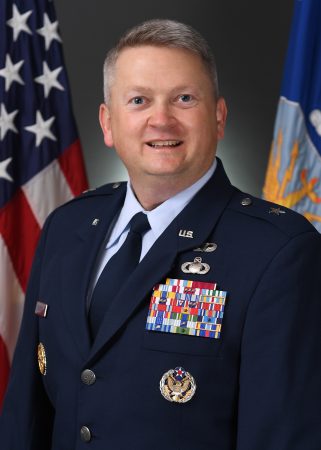
Pearson’s jump from brigadier general to lieutenant general is also uncommon, though not unheard of. Deputy Chief of Staff for Manpower, Personnel, and Services Lt. Gen. Caroline M. Miller also skipped a grade to her current rank.
Pearson is currently deputy director of operations for combat support at the National Security Agency. He previously served as director of operations at another intelligence organization, the National Geospatial-Intelligence Agency, and as the Air Force’s director of ISR operations.
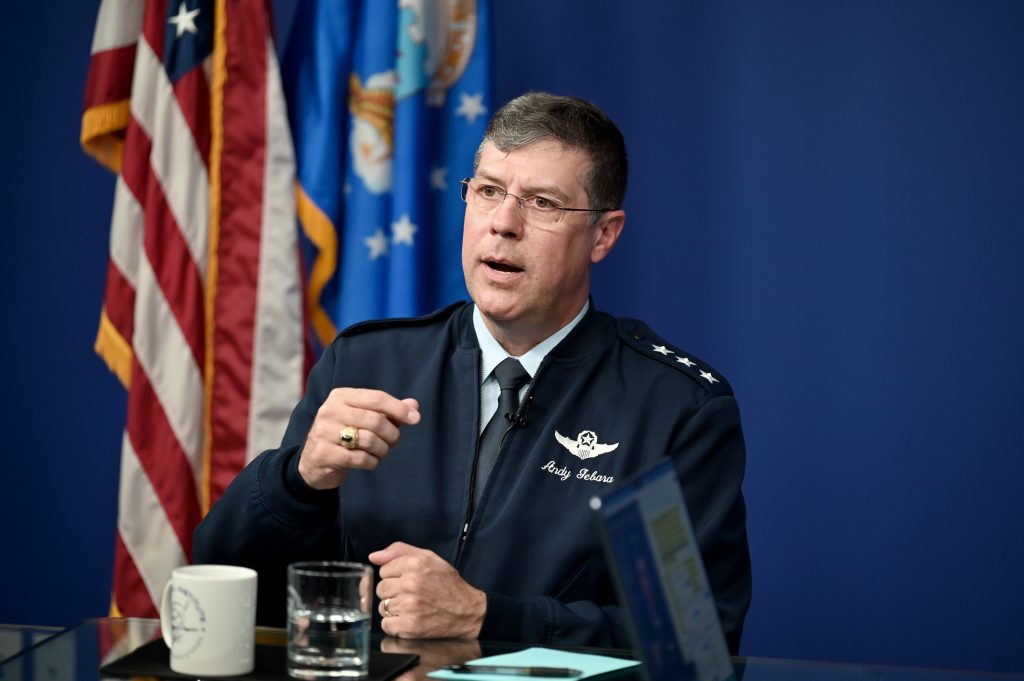
Gebara is taking on one of the top three-star jobs in the service, succeedinh Lt. Gen. Scott L. Pleus, who has filled in as vice chief since February. It is unclear if Pleus is retiring. Like Bussiere and Davis, Gebara has a deep nuclear background, with time as a B-52 and B-2 pilot. He also commanded of the 8th Air Force, which oversees the nation’s bomber fleets.
